Do horses have souls or a ‘spirit’? When form expert Marten Julian was looking to buy a horse, he asked Declan Murphy to assess it. The former jockey watched it walk then studied its face closely before giving the thumbs-down. ‘That horse,’ he said, ‘has had its spirit broken.’ Murphy’s response led Marten to roam the world of those who work with horses to ask how they try to assess a horse’s individual personality and seek to maximise its potential. In Strictly Classified (Racing Post, £20), the experts debate whether racehorses are still flight animals driven by fear, expecting the slowest to fall to a predator, or whether they have been converted by centuries of human contact, selective breeding and stable disciplines to react more to routine. The result is an anecdotal treasury which confirms that many trainers act as much on sheer instinct as on any structure of historical knowledge. The great Vincent O’Brien paid as much attention to heads and faces as he did to pedigrees. Oliver Sherwood, who trained Many Clouds to win last season’s Grand National, echoes that. ‘The first thing I look at in any horse is the eye, then the limbs and the backside — it’s like looking at a girl.’ Veterinarian and trainer Dermot Weld says, ‘The eyes and the head tell me a lot.’ But is that soul or spirit that they see?
Heartening for those of us who love the sport — and bad news for those who would ban it— is the emphasis so many trainers place on kindness. John Gosden agrees that in the old days ‘breaking’ a horse meant almost precisely that. But now, he insists, ‘The more gently you break them the better. If a horse is frightened by what it is being asked to do then it may become cautious to the point of really wanting to withdraw itself.’ Of the new wave Dan Skelton says, ‘My first job, when I am sent a horse, is to look after him and try to ensure he does not get hurt.’ The scholarly John Oxx insists, ‘The pure business of training a racehorse is to try to get that balance between how hard you work them and how happy they can be.’ For me the best definition Marten Julian drew from a trainer was Luca Cumani’s. In the TV Quiz show A Question of Sport, says Luca, ‘There was a blurred pixelated image of somebody, which they gradually brought into focus. That is how the horse comes to you. They arrive like a blur and step by step the picture clears in your mind and you discover how best to train them.’
Two of the best researched racing books in recent years were Jamie Reid’s Doped, which chronicled the bookie-led dope gangs of the 1960s, and Paul Mathieu’s The Druid’s Lodge Confederacy, which charts some famous gambling coups. Both authors have done it again. In Blown (Racing Post, £20) Jamie Reid tells the remarkable story of John Goldsmith, a pre-war British racehorse trainer whose upbringing abroad had made him fluent in French. In 1942 he was recruited by the Special Operations Executive (SOE) and three times dropped behind enemy lines, on one occasion escaping from a Gestapo interrogation by climbing out of a third-floor window in a Paris hotel. Demonstrating both bravery and ruthlessness, by war’s end he had collected an MC, DSO, Croix de Guerre and the Légion d’honneur. He then resumed a training career specialising in French imports who had enjoyed a better-fed war than their rationed English counterparts.
Jamie Reid rightly concentrates on the wartime exploits of a previously under-celebrated hero, but there is a bonus for racing folk in gambles Major Goldsmith co-ordinated with a bookie racehorse owner in black-market Britain after the war. He had few peers in producing a horse that would peak on the appointed day, although the boldest plan was foiled by a French jockey Popol Blanc, who became overexcited by the riches on offer and whipped their chances away.
The joy of good racing literature is in character and anecdote and Paul Mathieu’s new enterprise, The Best of Beckhampton, the story of the great training centre of Beckhampton (Racing Post, £20), affords that in generous measure. Beckhampton’s occupants have included the fearsome Fred Darling, Noel Murless, Jeremy Tree, whose first meal of the day was ‘a banquet masquerading as a breakfast’, and nowadays Roger Charlton.
Mathieu casts a new light on the champion jockey Sir Gordon Richards, telling of him joining Noel Murless and then Herbert Blagrave in consuming six bottles of champagne in disappointment at the working of the Murless two-year-olds in 1951. Richards’s plane was waiting to fly him to his wife in Shoreham where he stayed for the Epsom meeting. The plane was five hours late. Richards fell out head first — and rode three winners the following day. One Beckhampton occupant was the mysterious and hunting-mad Col. Dick Warden. Dependent on mother’s remittances, riding in spectacles, he too engineered betting coups and he too was an SOE hero. Which of them will write his biography?
Got something to add? Join the discussion and comment below.
Get 10 issues for just $10
Subscribe to The Spectator Australia today for the next 10 magazine issues, plus full online access, for just $10.

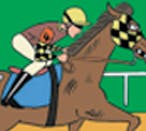

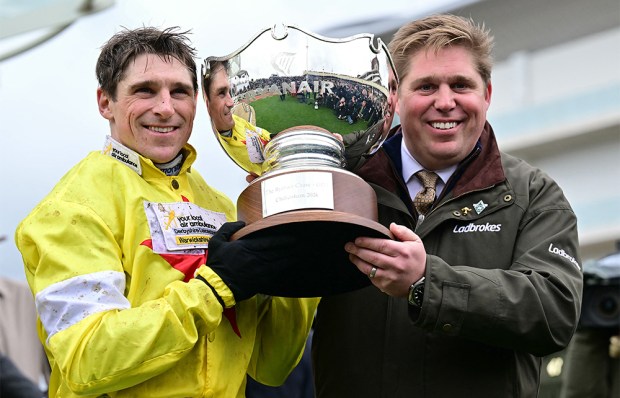
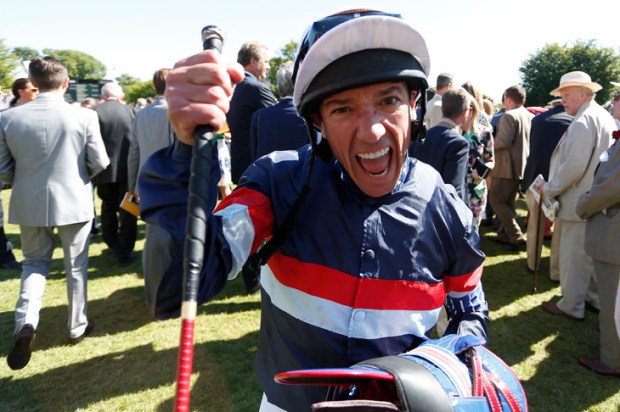
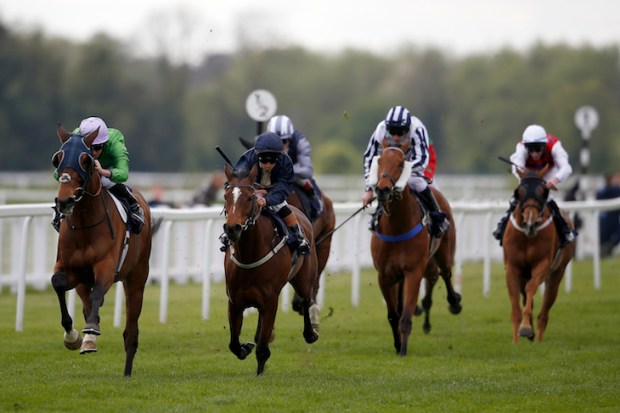
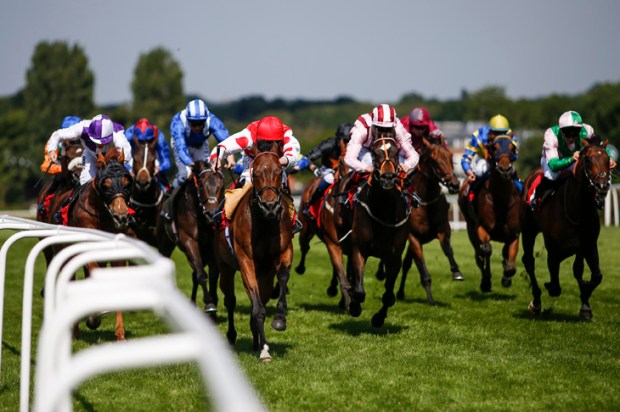
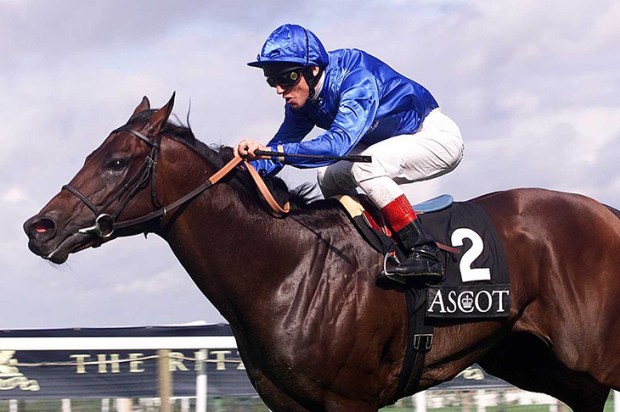






Comments
Don't miss out
Join the conversation with other Spectator Australia readers. Subscribe to leave a comment.
SUBSCRIBEAlready a subscriber? Log in